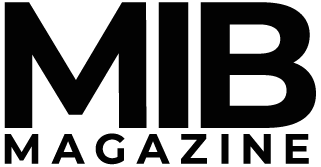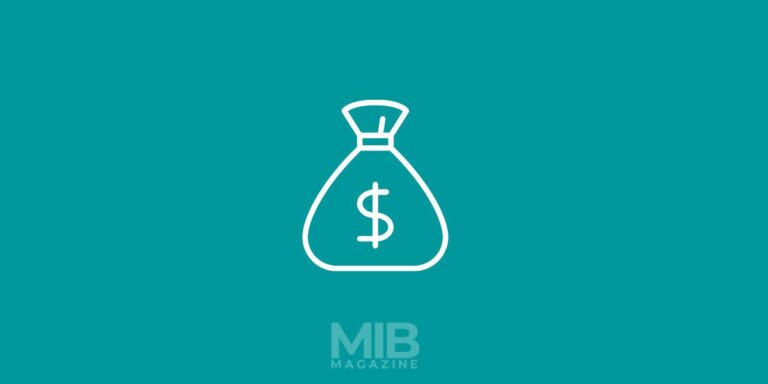The Power of Tax-Advantaged Savings: Exploring Different IRA Types

Are you looking for a way to save money while taking advantage of the tax benefits offered by different IRA accounts? If so, you’ve come to the right place. In this article, we will discuss various IRA types and how they can help you save more money innovatively and efficiently. We will also touch on the differences between retirement plans like Traditional IRAs and Roth IRAs, helping you understand their options so that you can make better decisions for your financial future. So, let’s start exploring the power of tax-advantaged savings now.
What is an IRA and How Can it Benefit Your Savings Goals
Individual Retirement Account (IRA) is a type of savings account designed to aid individuals in saving for retirement. The account provides multiple tax benefits, which make saving more profitable. Depending on the type of IRA that one opts for, the contributions made may either be tax-deductible or after-tax, but the growth of the amount contributed is tax-free until the time of withdrawal at retirement.
Additionally, some contributions to an IRA can be deducted from an individual’s taxable income, reducing the amount of income tax they will be required to pay during the year the contribution was made. While an IRA may not be everyone’s preferred retirement savings tool, it provides numerous benefits, especially for those looking to potentially maximize their tax savings while growing their nest egg. With a Gold IRA Blueprint, it’s even possible to save in gold while taking advantage of the tax savings.
Traditional vs. Roth IRAs – Comparing Contributions and Withdrawals
There are two main types of IRAs: Traditional IRA and Roth IRA. Both accounts have different contribution limits and tax benefits, so it’s essential to understand the difference between them before deciding which one may be best for you.
A Traditional IRA allows individuals to make contributions with pre-tax dollars, meaning the money contributed is deducted from their taxable income that year. With this account, individuals also benefit from tax-deferred growth on their investments, but withdrawals of the contributions and earnings may be subject to taxes in retirement.
On the other hand, with a Roth IRA, individuals make post-tax contributions without any immediate tax savings. However, earnings are generally withdrawn tax-free in retirement. Roth IRAs also have contribution limits based on an individual’s annual taxable income.
Types of Investment Accounts to Consider Within an IRA
While IRAs may be a great way to save for retirement, it’s important to remember that you can choose various types of investments and accounts within an IRA. For example, stocks or mutual funds may be worth considering if you’re looking for more growth potential.
On the other hand, if you’re looking for more safety and stability, a traditional savings account or Certificates of Deposit (CDs) may be the right choice. Other accounts, such as an annuity or precious metals IRA, can also provide tax-advantaged growth potential. Still, it’s essential to understand the risks associated with each option before investing your hard-earned money.
Strategies for Potentially Maximizing the Benefits of a Tax-Advantaged Account
IRAs have the potential to be a great tool for those looking to save more money and take advantage of the tax benefits associated with them. To make sure you are getting the most out of your IRA, there are several strategies to consider. First, look for accounts that have low fees and provide access to a wide range of investment options. It will help ensure your money is safe and sound while you build towards retirement.
Understand the tax implications of different types of investments within an IRA before selecting one. It will help ensure you take advantage of all potential tax benefits of each type of account and investment option. Finally, it’s important to remember to diversify your portfolio so that you can potentially maximize your returns while minimizing risk as much as possible.
The Pros & Cons of Different IRA Options
The type of retirement savings option you choose depends on various factors, such as your age, income level, and personal goals. While each IRA has its benefits and drawbacks, understanding the pros and cons can help you make an informed decision tailored to your needs.
Traditional IRAs are attractive for those looking to potentially reduce their taxable income, but the rules around withdrawals can be complex. Roth IRAs are attractive for those looking to potentially save more in the long-term with their tax-free growth potential, but contributions may be limited based on one’s annual taxable income.
How to Choose the Best Tax-Advantaged Account for You
When selecting a retirement savings option, it’s essential to consider all available options and understand how they work. It will help ensure that you make an informed decision based on your needs to potentially maximize the benefits offered by tax-advantaged accounts.
The best way to select the correct account is to determine the type that best suits you based on your goals and financial situation. It’s also essential to research the types of investments available in each option to select an investment strategy that aligns with your risk tolerance and timeline.
Once you have selected a retirement savings option, monitor it regularly and adjust as needed if there are any changes to your financial situation or goals. With the right savings option and a disciplined approach, you can potentially maximize the tax advantages of an IRA while saving for retirement.





